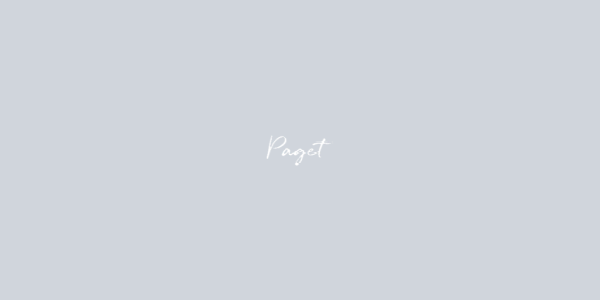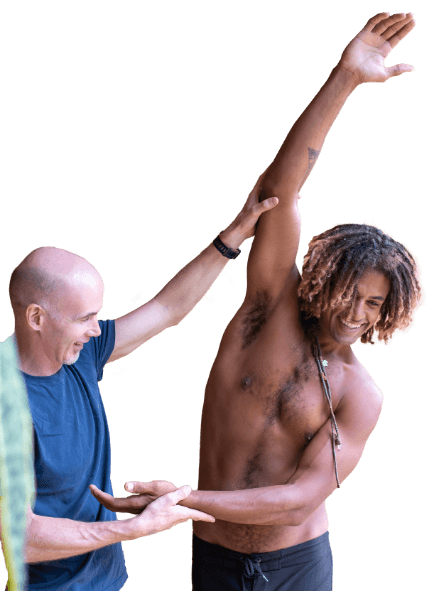
Most of the exercises I recommend for correcting a scoliosis are done standing up.
The reason being is that we spend most of the day upright and gravity is loading our spine in this position. All the little nerve endings in the muscles, joints and ligaments have evolved to give us an amazing amount of subconscious control of our spines. However in people with scoliosis the reflexes that keep us standing upright might not be firing as well as they could be.

With this knowledge it can be useful to ‘use’ gravity to provide a different stimulus to the spine. Essentially gravity can been seen as another tool to be used to get around any aberrant or faulty reflexes.
When a person goes onto all fours their spine is now being pushed towards the ground by gravity. This creates a sheering force on the spine, and starts to fire up the muscles and ligament that control sheer. The are both similar and different from the muscles and ligaments that are primarily used during standing.
In this example, I am treating a C-Shape Scoliosis, also called a left c-shape scoliosis or a levoscoliosis. When the spine side bends (laterally flexes) to the right it is coupled by rotation to the left. That means if you have a C-shaped scoliosis you may well have a thickening on your back on the left of your spine and your right ribs might stick out just above your belly on the front.
We correct this rotation by the use of lifts. This helps to de-rotate the spine before putting anymore movement into it. This is important because the spine moves in 3 dimensions.
1. Forward and Back (Sagittal Plane)
2. Side to Side (Frontal Plane)
3. Rotation both ways (Transverse Plane).
These are the cardinal planes, any combination of these planes will give rise to 1000s of different movements. Much like paint, you only need the primary colours to make nearly all the other colours.
The spine has a little trick it likes to play though. When you start to move it in one direction it often incorporates one of it’s coupled movements as well, especially if it doesn’t want to do to the movement strictly in the cardinal plane.
That is what we see in scoliosis, you laterally flex right but that will be coupled with rotation of your spine to the left.
Understanding this is why we pre-position on the blocks first. This pre-positioning starts to correct the rotation and holds it there when we move in the sagittal plane (cat cow).
The breath work is important here. The diaphragm has attachments onto the lumbar spine and on it apex or top it is attached to the heart. The heart, in turn, is attached all the way up to the mid neck. So, exercising the diaphragm with big breaths while moving the back into flexion and extension is important for reducing tension throughout the thorax and viscera. This is an area that is not commonly addressed when treating scoliosis.
Forward to someone who would like this.
For more videos on how to correct your scoliosis and improve your health with movement be sure to subscribe to our channel here on youtube at: https://www.youtube.com/EdPaget
For other videos about scoliosis check out my YouTube channel here:

Over the last 10 years Ed has been building a YouTube library to help people manage their own pain or movement limitations and increase performance through exercise. He regularly adds videos so be sure to subscribe and visit regularly


"Oh My Gosh- I am ALREADY feeling relief after a few days! I used to wake up 2-3 times a night with shooting pain that anti inflammatories couldn't touch. Now I have been waking up just because I want to notice what it feels like to lay in bed pain free- THANK YOU!."

"When I first started with your program I was experience a lot of pain. Walking was difficult. I had to stop and catch my breath every few minutes and lean against a wall for support. Now when I walk with my husband we go for over an hour. I never had to sit down and stop...and, hardly any pain!!! 😊😊 I can’t thank you enough."
Frustrated that you aren't recovering fast enough?
Discover how to heal from illness and injury using movement, food and lifestyle.
Leave a Reply